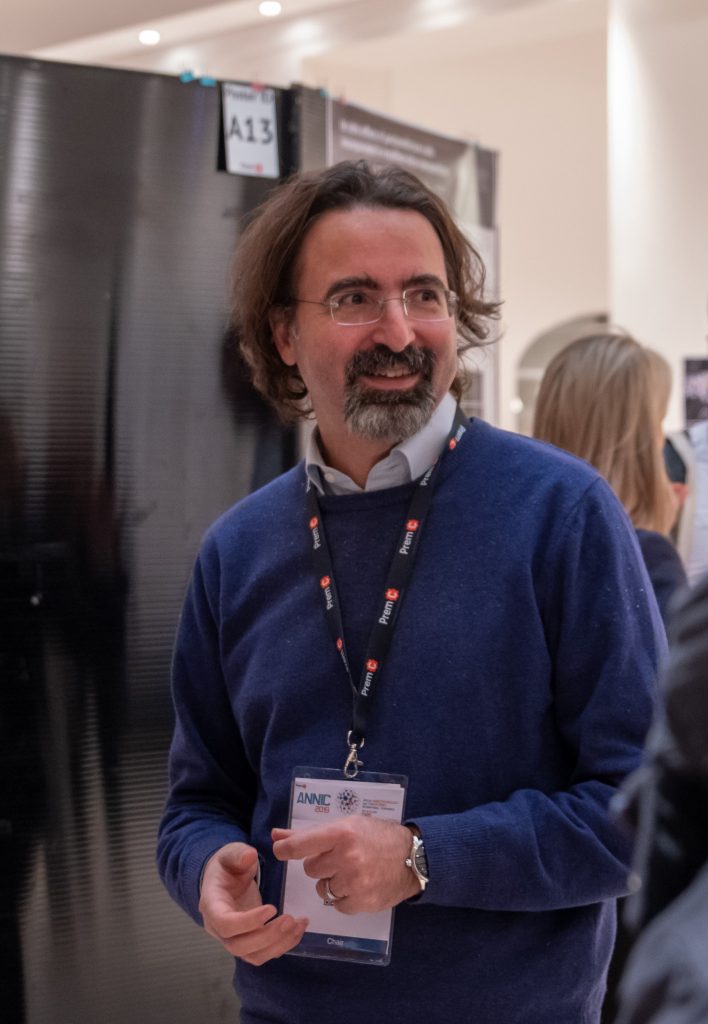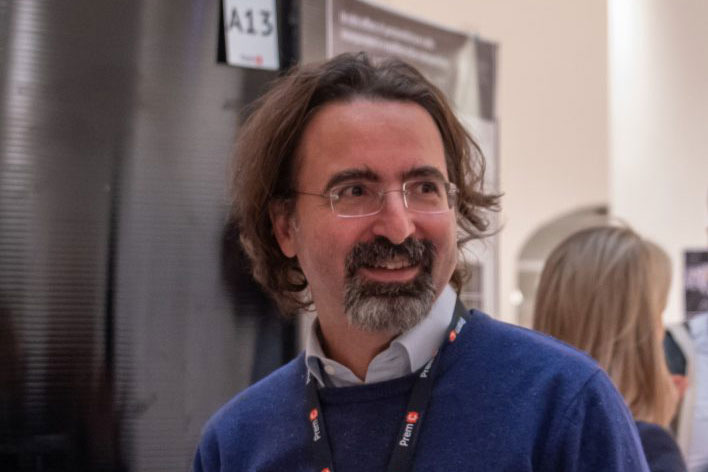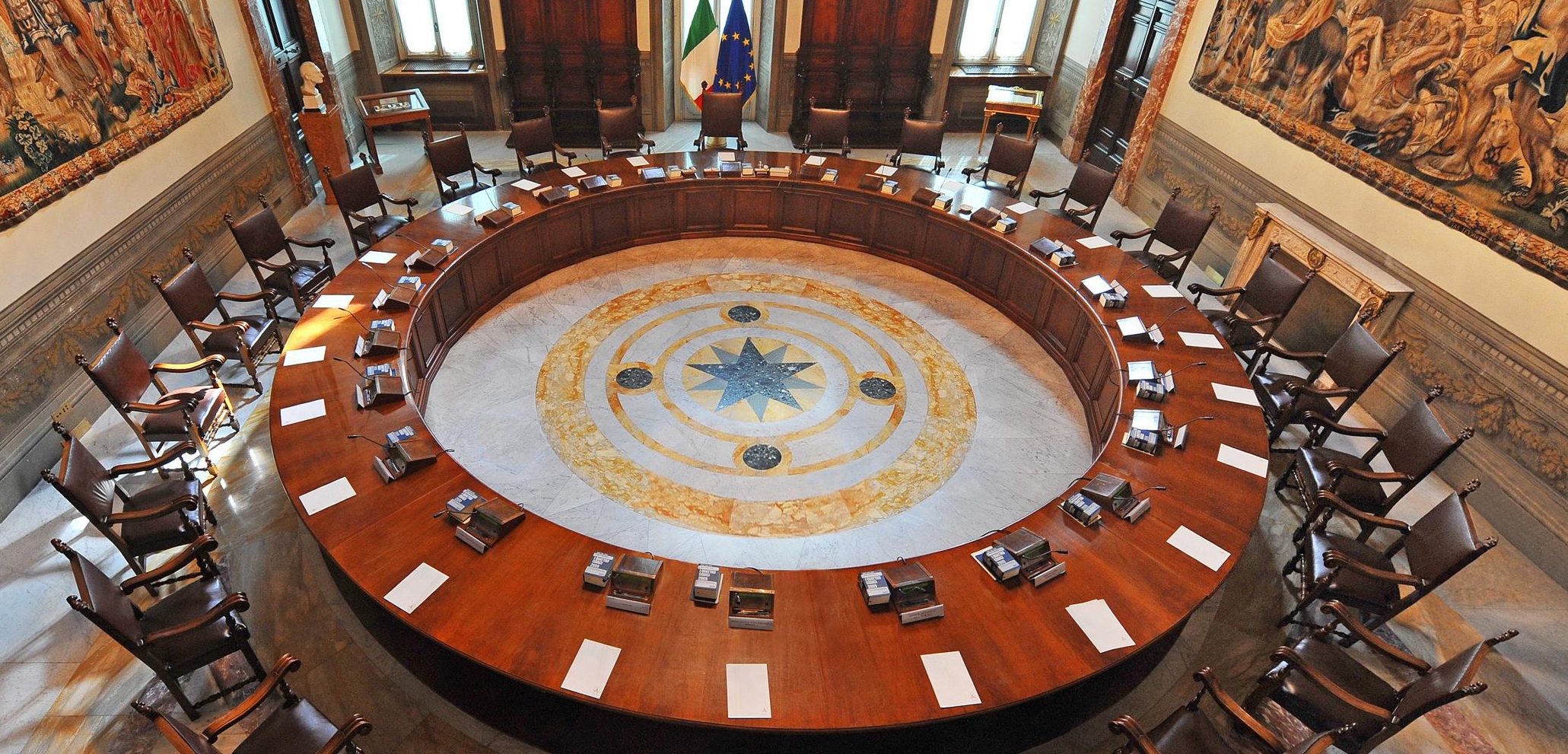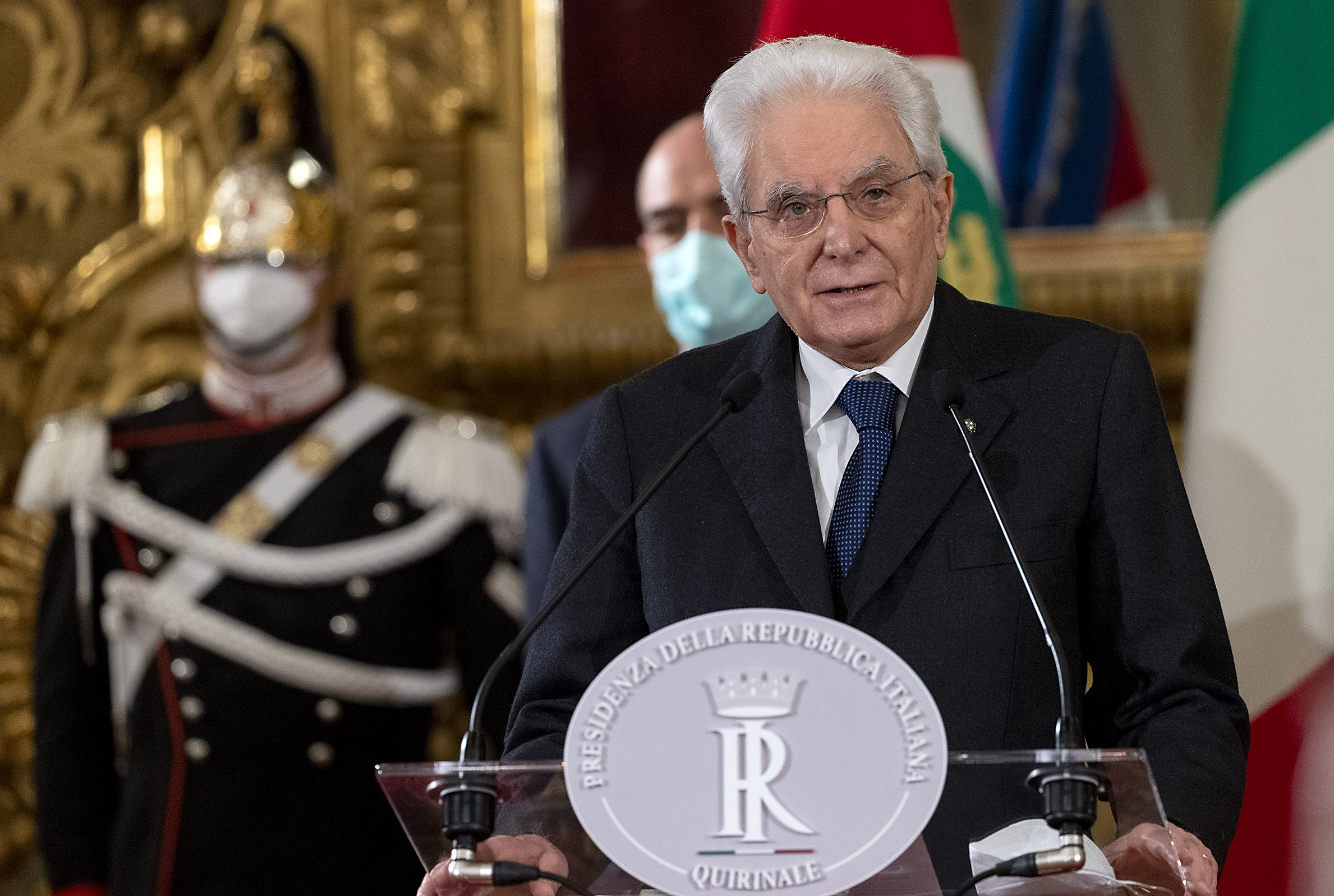A broad-spectrum antiviral dru for Coronavirus but also too counteract other new viruses. “It is necessary to be prepared for ever new health emergencies, especially of a viral nature, the most frequent”. Francesco Stellacci, full professor at MIT in Boston before and at EPFL in Lausanne now, points out.

Professor Stellacci is strongly commited to experimenting with a broad-spectrum drug able to attack the preserved parts of the virus (common to many types of viruses) and to destroy them. A drug that obviously must not toxic to man. “We have tested a first molecule on mice for herpes and colds. It works in these animals. It can also be the case for coronavirus. We must try. However, we are only in this first stage”.
Francesco Stellacci does not love media exposure but his research gives hope. However, they represent one of the possibilities against COVID-19. At the beginning of this emergency, there was a lot of talk about flu. Coronavirus was said to be only a little more severe…
Like the common flu, Coronavirus is a respiratory virus, the problem is that it is many times more viral than the flu. R0, the number of people infected by a single sick person, is estimated around 2.5 for this virus while for the flu it is 1.4. So, for the flu after 10 infections we will have 97 infected people. If we do the same calculation with Coronavirus (considering that in ten days no one heals) there will be 23 thousand infections. Coronavirus is 234 times more infectious and it is also ten times deadlier than a common flu. A infection due to Coronavirus is equivalent to 2,400 flu infections all together on the healthcare system. So it’s not a flu.
Can we compare Covid-19 to the major pandemics, for example the Spanish flu of the early twentieth century?
Past pandemics are not comparable to the current ones, because today we have many more means to treat infected. At the time, everyone who now needs a respirator would have died, even the youngest. So we can not make comparisons. Despite the large number of deaths, many people are now being saved. Unfortunately, between 10 and 20 percent of the sick people need intensive care. For some reason, much more in Italy than elsewhere. We still don’t know why. And we don’t know why the situation in Lombardy is worse than in the rest of Italy. Certainly there were two important outbreaks at the beginning, and close to a large urban center.
Your research team has been working for some time on a broad-spectrum antiviral. Why this research (started long before the current emergency) and what motivated it?
We have always worked on broad-spectrum antivirals. I have been saying for then years that there is this need. A broad-spectrum antiviral is a dream, because there is no antiviral that works on many viruses. The idea is to find a drug that acts like antibiotics with bacteria, such as penicillin which was the first. Because there is a real threat that new viruses always emerge. We must therefore try to be prepared and have something that works against a virus that we do not know yet. And today, unfortunately, the reason for this urgency must no longer be explained as we had to do at the beginning of our research. We cannot continue to be so unprepared, we must have weapons. One, it can be the broad-spectrum antiviral.
So you’re working on a drug. How is it going to work?
Drug molecule attaches itself to the preserved parts of viruses, those that viruses have in common. Once attached to these parts, it crushes the virus and detonates it. Obviously, this drug will have to destroy the virus but it must not be toxic to humans.
Within what time frame do you think you will arrive at concrete results?
We haven’t tested this formula yet, we have only tested it on mice for herpes and colds. One virus at a time. Science has its time and at the moment everything is difficult, even having a chemical compound shipped from Asia. It will take 12, 15 months, hopefully, to get to human experimentation. However, everything must run smoothly. It could happen that tests on bigger animals could lead to a high toxicity that could not be predicted. It may be that we have everything ready and that something unexpected, uncontrollable and predictable happens…
Meanwhile, there is much talk about vaccines. Can we hope to have it as rapidly as possible?
Much work is being done on vaccines, certainly more than on drugs. The success rate could be high, around 80 percent, but we still have no certainties. I know well the colleague who is working on the vaccine transmitted through a patch, he is from Bari like me and he is very good. They have finished animal testing and are moving on to human testing. I would say it will take another year without a hitch. Hopefully sooner. However, it will be necessary to find a way, not only in Italy but in the world, to survive this situation… We must still hold people for a while.
In fact, how are we going to behave in the meantime?
Cannot be only thinking of staying at home…
We will have to think about a work reorganization. Swab as much as possible, so as not to stay another year and a half at home. In order to know who tested positive, who has antibodies. The latter, at least for a while, should be immune. The problem is figuring out how long, it could be two months or even a lifetime. We hope that Covid-19 will behave like all other viruses, but we have no certainties because it is a virus that changes a lot. For respiratory viruses this is quite normal.
In the context of regulatory mechanisms for society, how much will behavioral patterns change, in particular those of Italians?
I have foreseen the arrival of viral infections for years. My analysis has not changed. Viruses mutate and new ones are constantly being created. I have no much doubts about it. For this reason, those who had been severely affected by Sars were prepared. South Korea, Taiwan, Hong Kong, Singapore… In Asia, if a child has a cold it is normal for him to wear a mask to go to school, not to infect others. Insted we still look masks as Batman’s mask, nobody would like to wear it. I believe this will change, and it will be one of the most obvious changes. Of course, thinking of Italy, tourism, cities like Venice… it will be difficult, it is hard to say. But it will be necessary to think that there will be less reception in crowded places, particularly in the winter season. I hope we will also have a better health system, ready for emergencies. That we begin to understand that certain threats are increasingly tangible. This is a test that will prepare us for other tests.
Professor, tell us how your research began, what led you to deal with broad-spectrum antivirals
I taught at MIT in Boston, untile a decade ago. I was in my late 30s, with a professorship, an international reputation. So I asked myself what I wanted to do with my career and I said to myself, let’s do something useful for humanity. I realized that the viral infections were (perhaps not tomorrow anymore) very neglected infections. In particular on the emerging virus front. That these infections (for example RSV, the respiratory syncytial virus) kill half a million people a year in Africa was overlooked. The western world doesn’t really worry about it. I said to myself, if I create a broad-spectrum antiviral I can help even these very poor populations. Because a drug of this type can be declined on multiple viruses, this is its main advantage. Personally, as a materials scientist, the only thing I could do when faced with a virus was to break it. So I invented a method to make it break. Will this strategy work? I don’t know that yet.
These days we hear Italian scientists from all over the world talking. All very skilled, all committed to their research to defeat the Coronavirus, all highly respected in universities where they do research abroad, like you…
I can assure you that not only researches on coronavirus speak Italian. For example, if all the bridges in the world start to fall tomorrow, you would see a lot of Italians in the world dealing with bridges. There has been in our generation, and unfortunately it does not stop, a diaspora of highly qualified Italians of historical dimensions. Only in a century will the real extent of this phenomenon be truly understood.
#Italyintheheart







